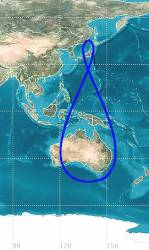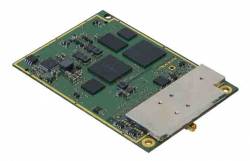The International Congress and Exhibition of Navigation Systems, Technologies and Services (Navitech) will take place at the ExpoCentre Fairgrounds in Moscow, Russia from June 1 throught June 3 2010.
Sectors covered include personal navigation equipment, cartography, navigation systems, ITS and traffic control and monitoring hardware and software, security and safety systems, LBS, surveying, OEM modules GPS/GLONASS, radio components, navigation signal simulators, differential corrections systems and inertial systems.
Read More >
By Inside GNSS








